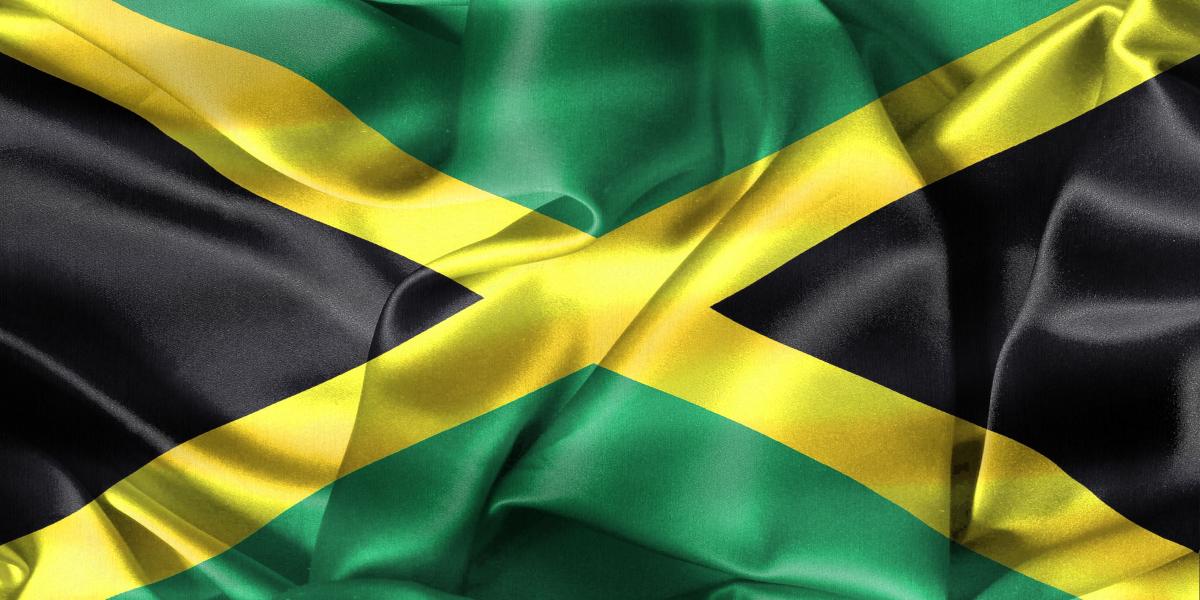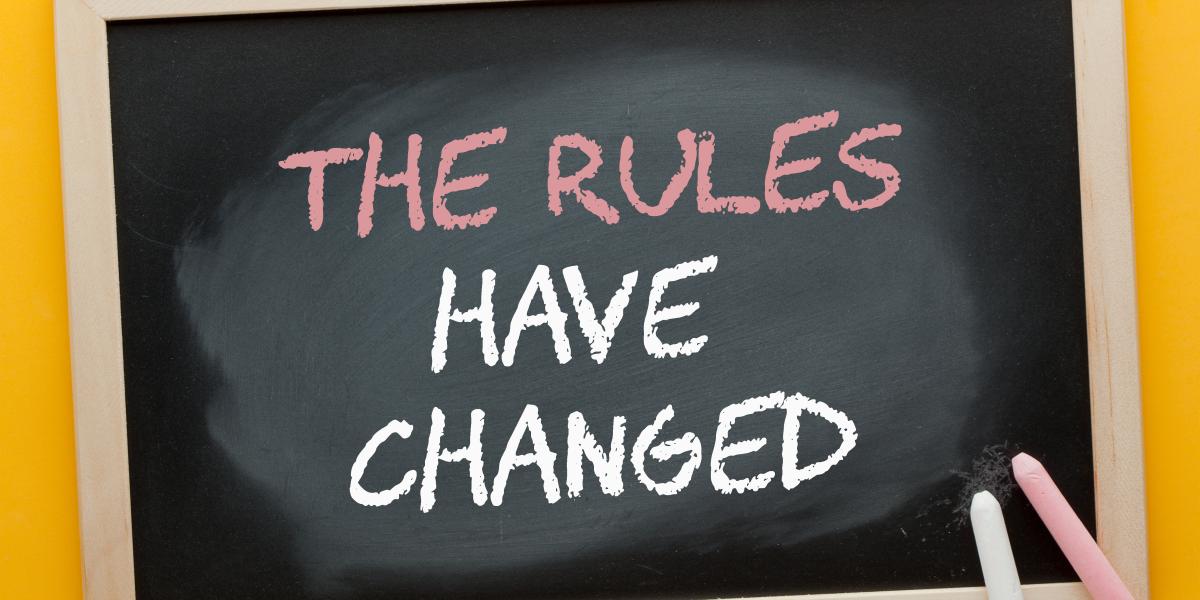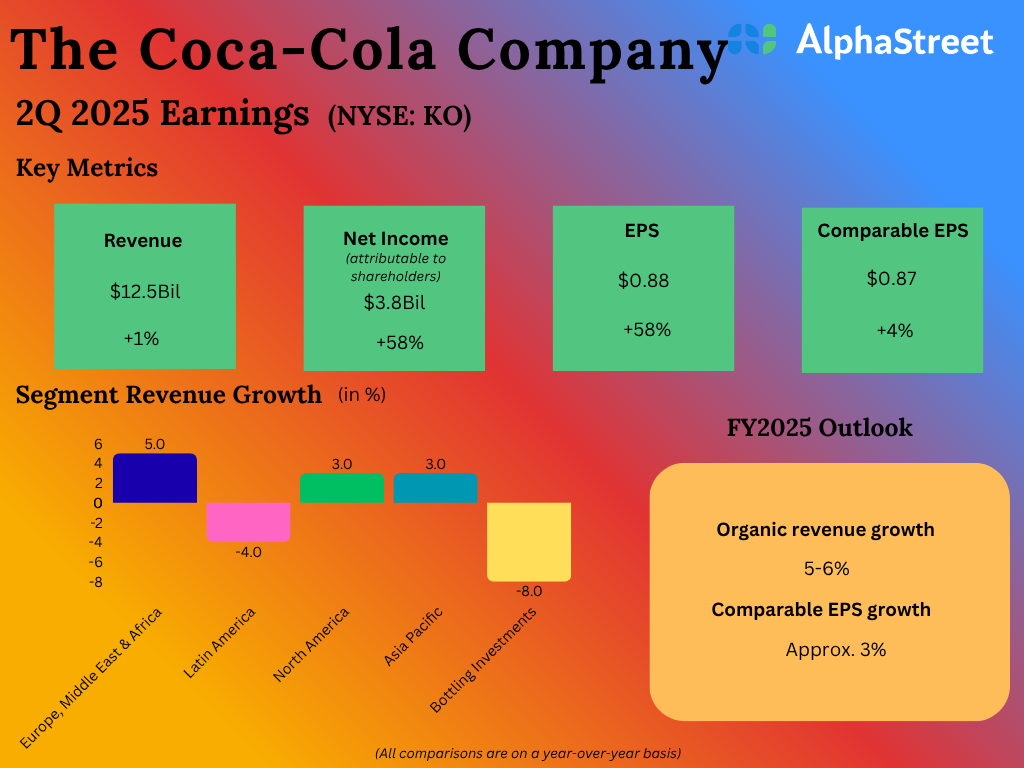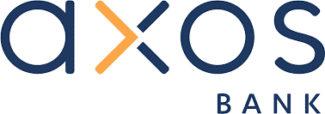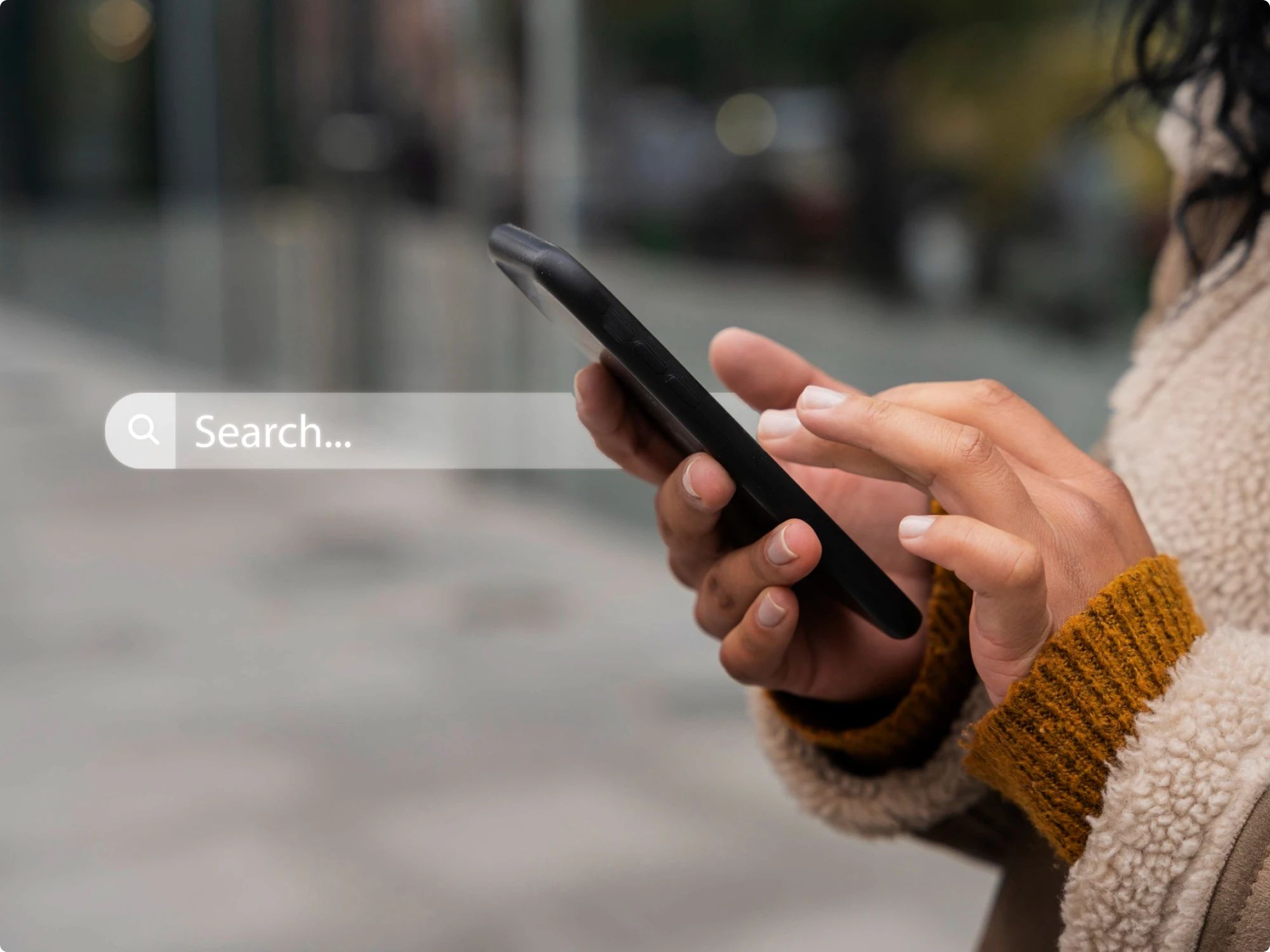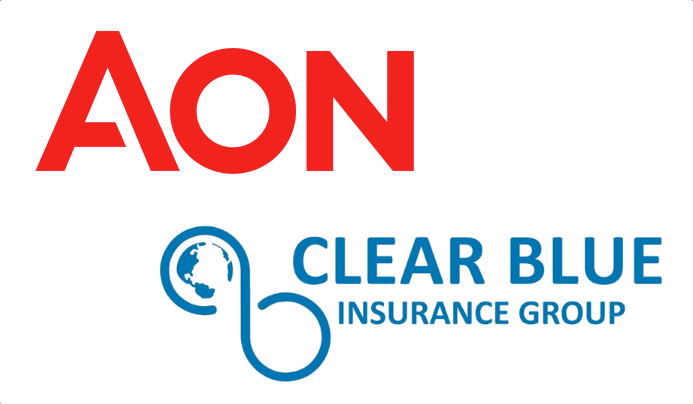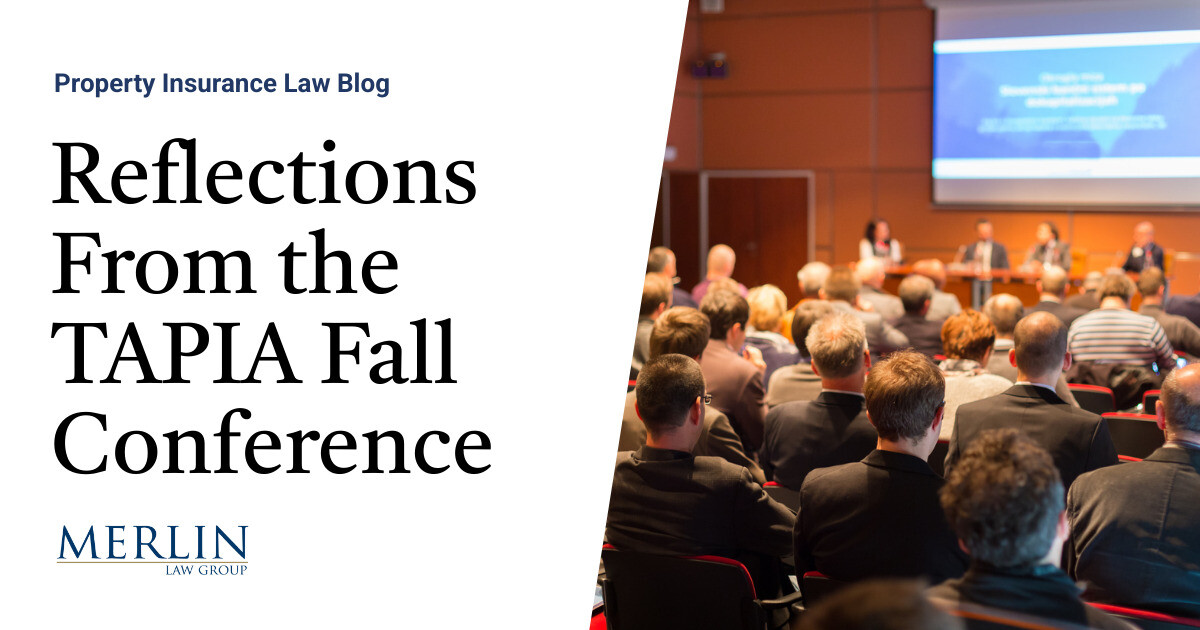Every workplace must be committed to adopting an inclusive and equitable environment. It must be open to continuous learning. And be willing to directly challenge misperceptions and biases.
The most perplexing of the biases: unconscious bias. This subconscious preference may affect opinion otherwise based on facts or experiences. We all hold unconscious beliefs about things, including individuals and social groups.
Still, it is crucial to understand what unconscious bias is and how to deal with it. Sadly, it is more widespread than conscious (or intentional) prejudice and can often be incompatible with an individual’s conscious values.
When the unconscious surfaces
Unconscious bias reveals itself in attitudes or stereotypes that form our views, responses, actions and decisions. As the designation indicates, unconscious biases are automatic; most people are not even consciously aware they have them and are often genuinely shocked when challenged.
The human brain creates prejudices that influences our decision-making. We may not even be aware of it. The resulting affects and reactions to different cultures entering the workplace is often where unconscious bias first emerges.
And, again, we’re not talking about prejudices emerging from “bad apples,” but from team members who otherwise believe they are genuinely committed to fairness.
For instance, what might be your immediate reaction to a name you perceive as being foreign sounding? Or your expectation that a man would fill a vacancy, but instead, it is a woman? Or a 50-something doesn’t get the position, but a 20-something person does? Maybe making decisions based on favoritism or a similar background could be your go-to behavior, albeit unwittingly. These are unconscious biases and can be managed through awareness, acknowledgment and training.
Unconscious bias + DEI
Unconscious bias as part of the DEI (diversity, equity & inclusion) debate is complex, but in the workplace, leaders have a responsibility to take action:
1. The first step is for everyone to see diversity as something to be welcomed.
2. Step two is understanding that most successful teams and groups are diverse. Whether the diversity is in talent, ethnicity, sexual orientation, gender identity or other facets.
3. Step three has to be absolute permission to call each other out when unconscious bias raises its head.
4. Step four applies a behavioral discovery insights process to each person so you and they and everyone can better recognize and manage the potential to be susceptible to unconscious bias.
Intentionally addressing the unintentional
One of my colleagues shared with me an experience with unconscious bias. After knee surgery, she needed to use a wheelchair for a few weeks. Whenever her husband wheeled her into a shopping area, people spoke to him directly or answered her questions by speaking to her husband rather than to her.
Assumptions were made that she was unable to respond because she was in a wheelchair. The unconscious bias: Assuming a level of incapacity that doesn’t exist.
Our thoughts influence behaviors. Our past, unchallenged experiences influence our behaviors. And our behavior impacts those around us, as none of us operate within a vacuum. When we understand that we all have biases – and that they can express themselves even when we are not aware they exist – we can make the intentional decision to work together to be more conscious of our thoughts, actions and responses.
If you have an unconscious bias challenge in the workplace or have found solutions for such, I’d love to hear from you.
The views and opinions expressed herein are the views and opinions of the author and do not necessarily reflect those of Nasdaq, Inc.












